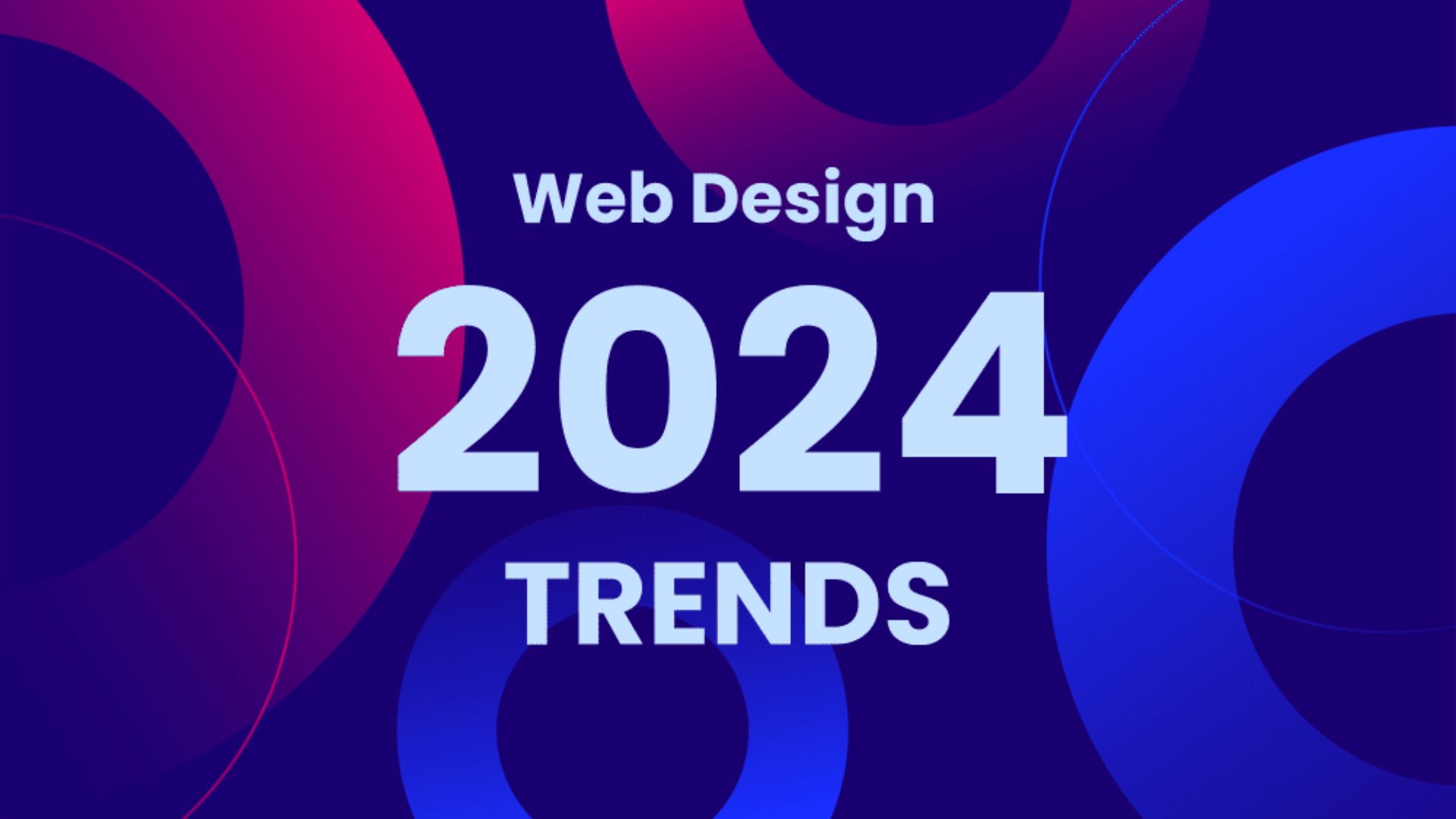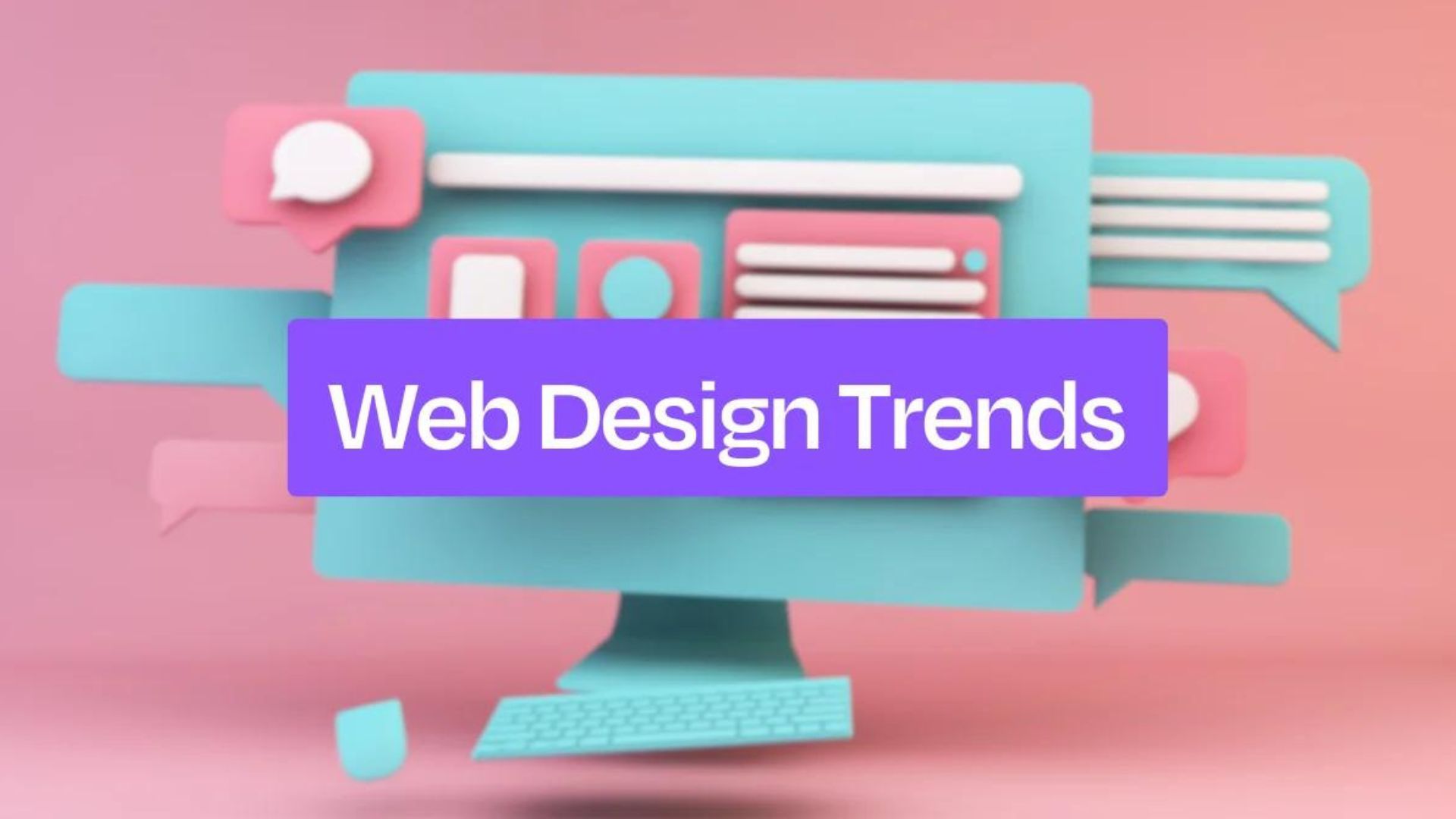The web is a living, breathing entity, constantly evolving and adapting. As we approach 2024, web designers are pushing boundaries and crafting Web Design Trends for 2024 that prioritize user experience, embrace cutting-edge technologies, and deliver a visually stunning aesthetic. So, buckle up and get ready to explore the exciting design elements that will shape the future of the web!

Web Design Trends for 2024: A Celebration of User Experience
At the core of every successful website lies a focus on user experience (UX). Here are some Web Design Trends for 2024 that prioritize user needs:
Microinteractions
These subtle, yet delightful, animations and interactions enhance user engagement. Imagine a button that subtly pulses when hovered over, or a progress bar that dynamically fills as a page loads. As a result, microinteractions add a layer of polish and make users feel more connected to the website.
Personalized Content
Furthermore, gone are the days of generic websites. The modern design leverages user data and behaviour to deliver personalized content recommendations and experiences. Moreover, this could be anything from tailoring product suggestions to dynamically adjusting website layouts based on user preferences.
Accessibility for All
Inclusive design ensures everyone can access and navigate a website seamlessly. Modern Web Design Trends for 2024 prioritize clear navigation structures, proper colour contrast, and responsive design that adapts to different devices and screen sizes.
Consequently, by focusing on user needs and creating intuitive interfaces, these trends ensure websites are not just visually appealing, but also a pleasure to use.
Web Design Trends for 2024: Embracing Visual Innovation
The power of visuals cannot be understated in web design. Let’s explore some Web Design Trends for 2024 that leverage the visual medium:
Denser, Richer Graphics
Websites are moving away from minimalism and embracing a bolder, more visually striking aesthetic. Expect to see websites filled with intricate illustrations, high-quality photographs, and captivating animations that immerse users in the brand story.
Kinetic Typography
Furthermore, text is no longer static. Web Design Trends for 2024 utilize kinetic typography, where text elements move and animate, grabbing user attention and adding a dynamic element to the design.
Glassmorphism
This trend creates a layered effect with translucent elements, allowing users to see underlying content while maintaining a clear hierarchy. Additionally, think of slightly transparent buttons or menus that sit on top of website backgrounds.
These visual trends add depth, intrigue, and a sense of movement to websites, making them more engaging and memorable for users.
The Rise of Technology
Technology is constantly evolving, and web design is no exception. Here are some modern Web Design for 2024 that leverage cutting-edge advancements:
Voice User Interfaces (VUIs)
Firstly, imagine navigating a website or searching for information simply by using your voice. VUIs are becoming increasingly sophisticated, and web design is adapting to integrate them seamlessly.
Augmented Reality (AR) and Virtual Reality (VR)
Additionally, these immersive technologies are finding their way into web design. Additionally, Web Design Trends for 2024 might involve using AR to allow users to virtually “try on” products or explore a location before visiting in person. VR experiences can create truly interactive and engaging brand experiences.
Artificial Intelligence (AI)
AI can personalize content, recommend products, and even chat with users. Web design is harnessing the power of AI to create more intelligent and interactive websites.
Consequently, by embracing these technological advancements, modern Web Design in 2024 is pushing the boundaries of what’s possible on the web, creating richer and more interactive user experiences.
Conclusion
In conclusion, these Web Designs in 2024 offer a glimpse into the exciting future of the web. Additionally, websites are no longer simply static pages; they are dynamic, interactive experiences that cater to user needs and leverage the power of technology.

